Mejorar el rendimiento del modelo
Introducción al aprendizaje profundo con PyTorch

Jasmin Ludolf
Senior Data Science Content Developer, DataCamp
Pasos para maximizar el rendimiento
$$
¿Podemos resolver el problema?
Establece una línea de base de rendimiento
$$
- Aumentar el rendimiento en el conjunto de validación
$$ $$
- Consigue el mejor rendimiento posible



Paso 1: sobreajustar el conjunto de entrenamiento
Modifica el bucle de entrenamiento para sobreajustar un único punto de datos
features, labels = next(iter(dataloader)) for i in range(1000): outputs = model(features) loss = criterion(outputs, labels) optimizer.zero_grad() loss.backward() optimizer.step()- Debe alcanzar 1,0 de precisión y 0 de pérdida
A continuación, amplía a todo el conjunto de entrenamiento
- Mantener hiperparámetros por defecto
Paso 2: reducir el sobreajuste
Objetivo: maximizar la precisión de la validación
Experimenta con:
- Abandono
- Aumento de datos
- Decaimiento del peso
- Reducir la capacidad del modelo
$$
- Realiza un programa de seguimiento de cada hiperparámetro y de la precisión de la validación
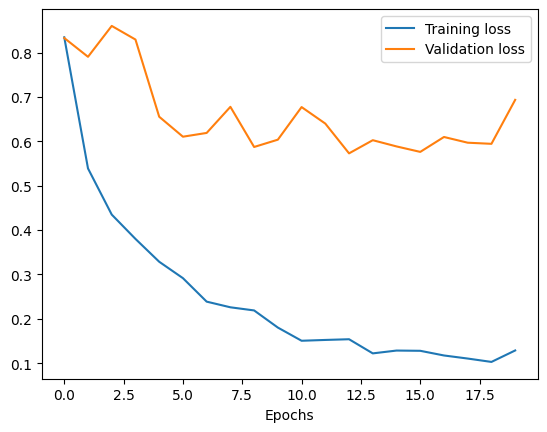
Paso 2: reducir el sobreajuste
$$
El modelo original se ajusta en exceso a los datos de entrenamiento
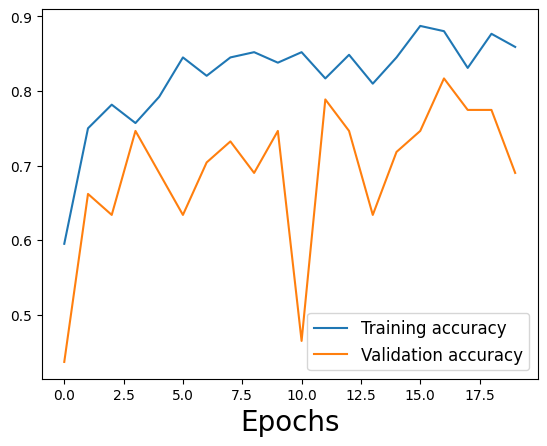
$$
Modelo actualizado con demasiada regularización
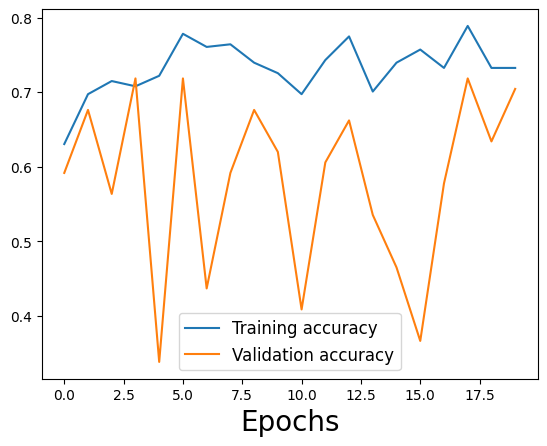
Paso 3: afinar los hiperparámetros
- Búsqueda en la parrilla
for factor in range(2, 6):
lr = 10 ** -factor
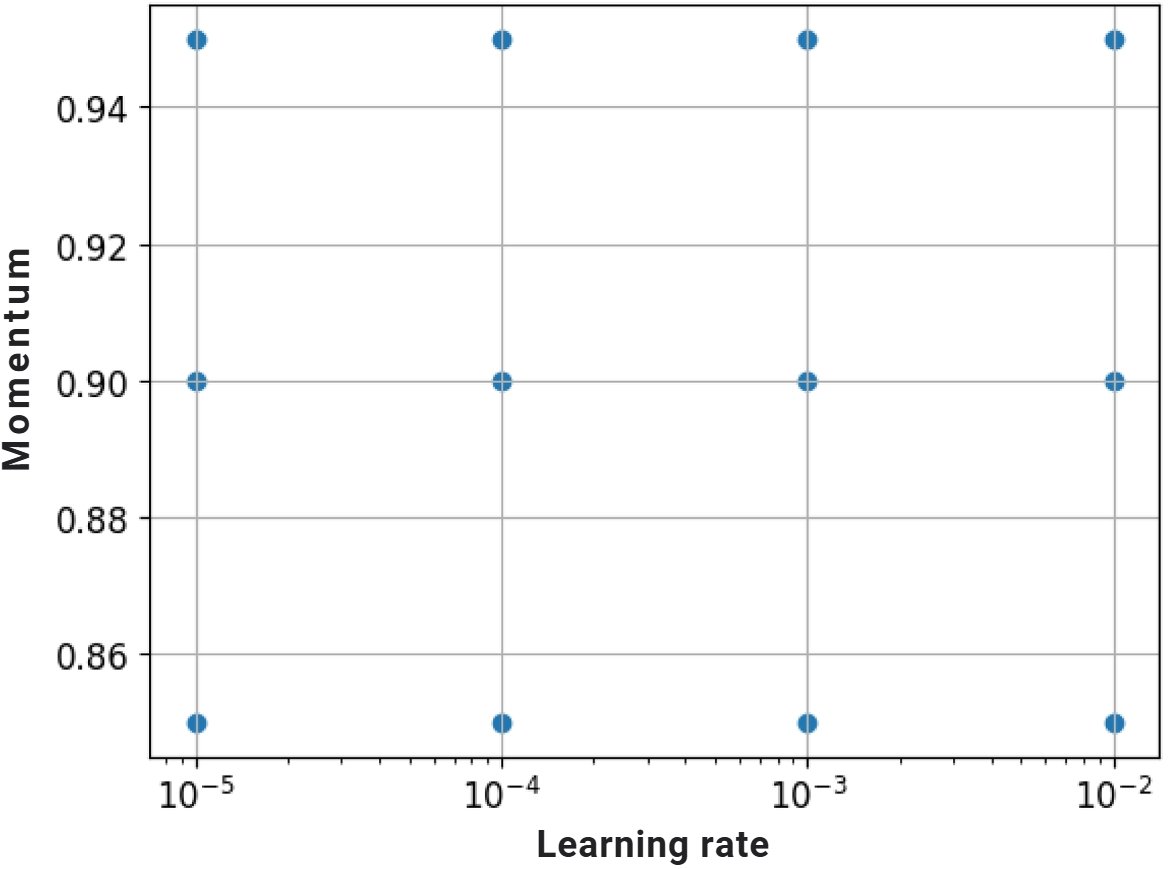
- Búsqueda aleatoria
factor = np.random.uniform(2, 6)
lr = 10 ** -factor
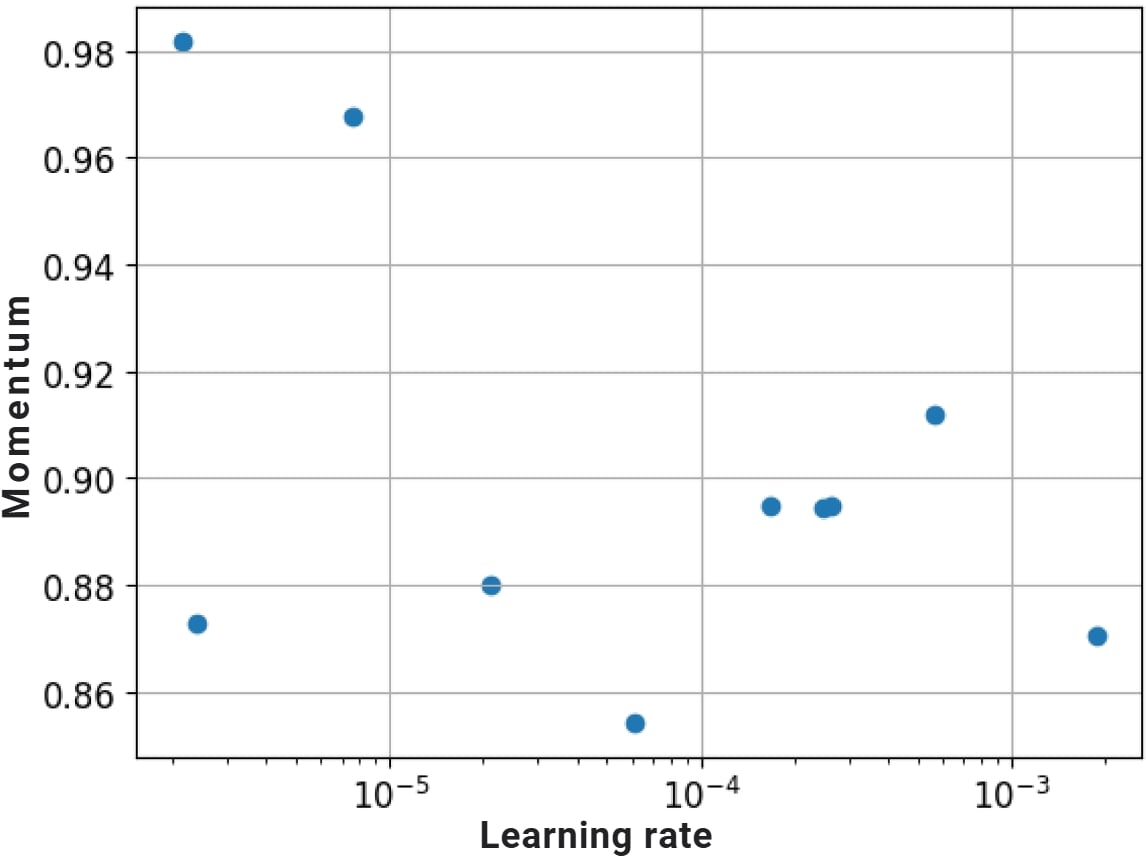
¡Vamos a practicar!
Introducción al aprendizaje profundo con PyTorch

